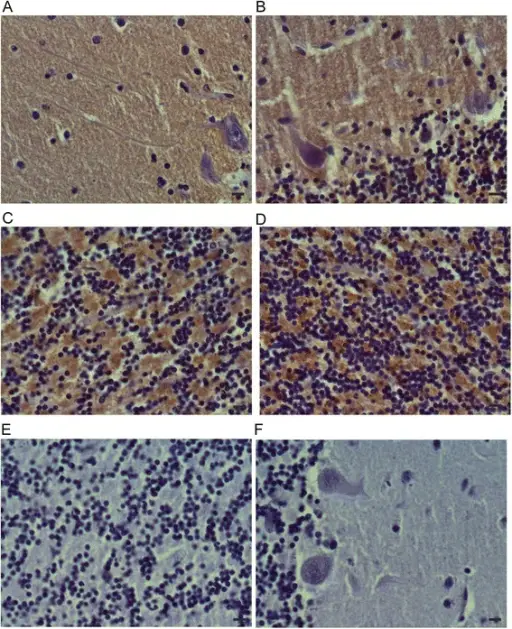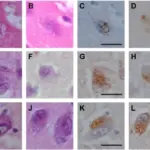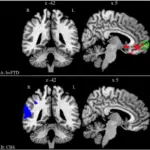Alzheimer disease is a neurodegenerative disorder marked by cognitive and behavioral impairment that significantly interferes with social and occupational functioning. It is an incurable disease with a long preclinical period and progressive course.
What is the Pathology of Alzheimer Disease?
Etiology: The etiology of Alzheimer disease is unknown.
Genes involved: Amyloid precursor protein (APP) at chromosome 21, presenilin (PS) 1 and 2 (chromosome 14 and 1), and the gene encoding apolipoprotein E (ApoE) linked to chromosome 19 is a risk factor for late-onset AD.
Pathogenesis: The sequence of events that lead to Alzheimer disease is the alteration in one or more aspects of beta amyloid, leading to proliferation of extracellular amyloid plaques. Another pathway involves alteration in one or more aspects of tau protein metabolism, leading to intracellular neurofibrillary tangles. As part of these processes, an inflammatory cascade causes oxidative neuronal injuries and depletion of several neurotransmitters.
Histology: The histology associated with Alzheimer disease shows extracellular amorphus eosinophilic deposits of amyloid consisting of Aβ peptides, which are referred to as amyloid plaques and neurofibrillary tangles which are intraneuronal aggregates of abnormally modified microtubule-associated protein tau.
How does Alzheimer Disease Present?
Patients with Alzheimer disease typically are older. It has a higher occurrence in women. The symptoms, features, and clinical findings associated with Alzheimer disease include memory loss, poor judgment, and mood changes.
How is Alzheimer Disease Diagnosed?
Alzheimer disease is diagnosed by clinical and physical exam.
How is Alzheimer Disease Treated?
Alzheimer disease has no cure. Some medications may help with symptoms such as Acetylcholinesterase inhibitors (donepezil, galantamine and rivastigmine). Other treatments include cognative rehabilitation and cognitive stimulation.
What is the Prognosis of Alzheimer disease?
The prognosis of Alzheimer disease fair.



